Everyone loves a good natural disaster film (think Twister or Dante’s Peak), but not when it’s happening in your own backyard. Let’s look back at the greatest natural disasters in American history and how they left a lasting mark on our country.
The Great Galveston Hurricane
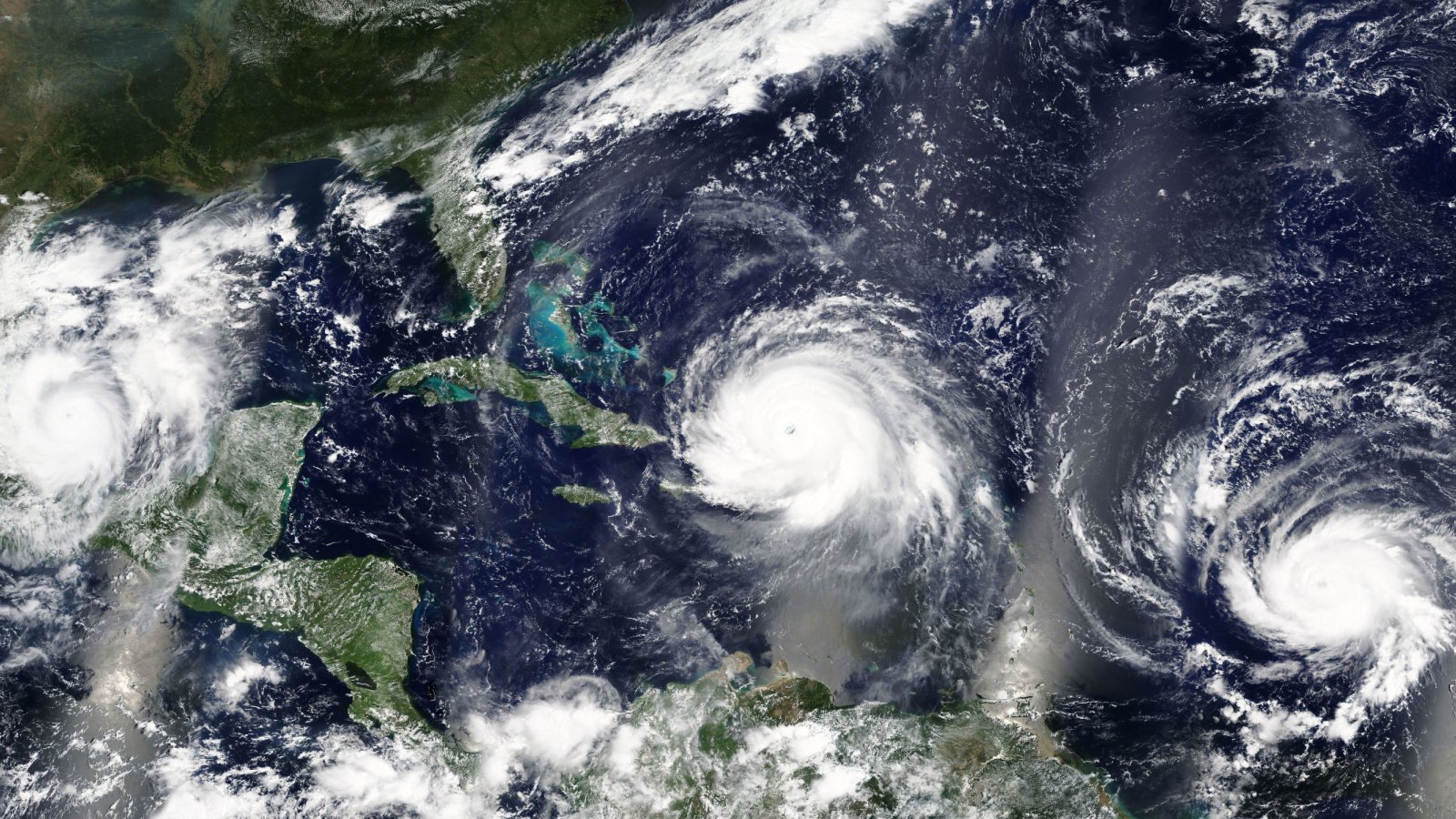
In 1900, the city of Galveston, Texas, was struck by a devastating hurricane. As the deadliest natural disaster in U.S. history, this storm claimed over 8,000 lives. The storm’s ferocity reshaped the coast and led to major changes in weather forecasting.
San Francisco Earthquake
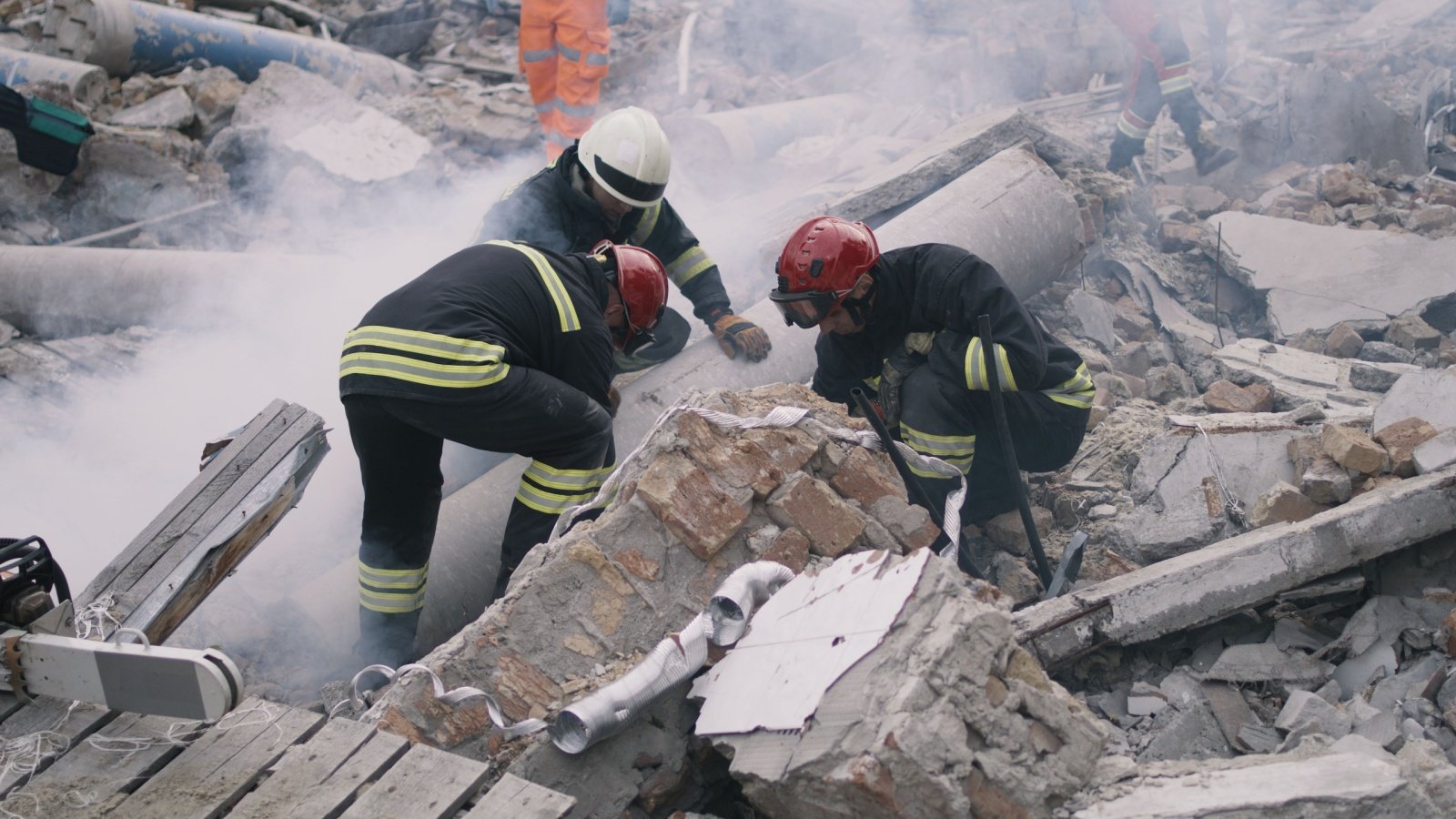
The 1906 San Francisco earthquake left the city in ruins, with fires raging for days. Over 3,000 people died, and hundreds of thousands were left homeless. This catastrophe spurred advancements in earthquake engineering and emergency management.
Dust Bowl Era
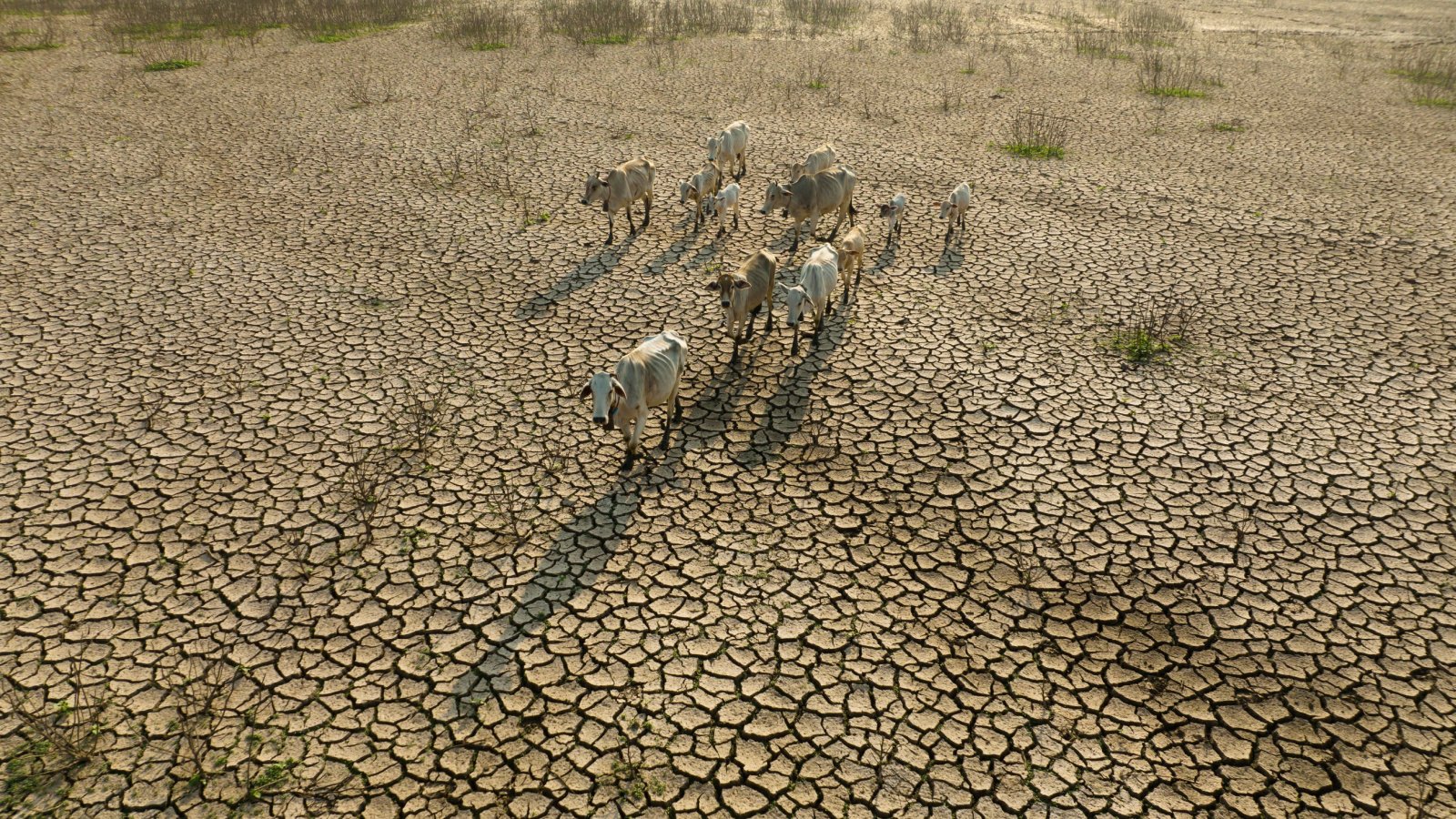
During the 1930s, the Dust Bowl swept across the Great Plains, turning fertile lands into deserts. Displacing hundreds of thousands, it exacerbated the economic despair of the Great Depression and highlighted the importance of sustainable farming practices.
Hurricane Katrina
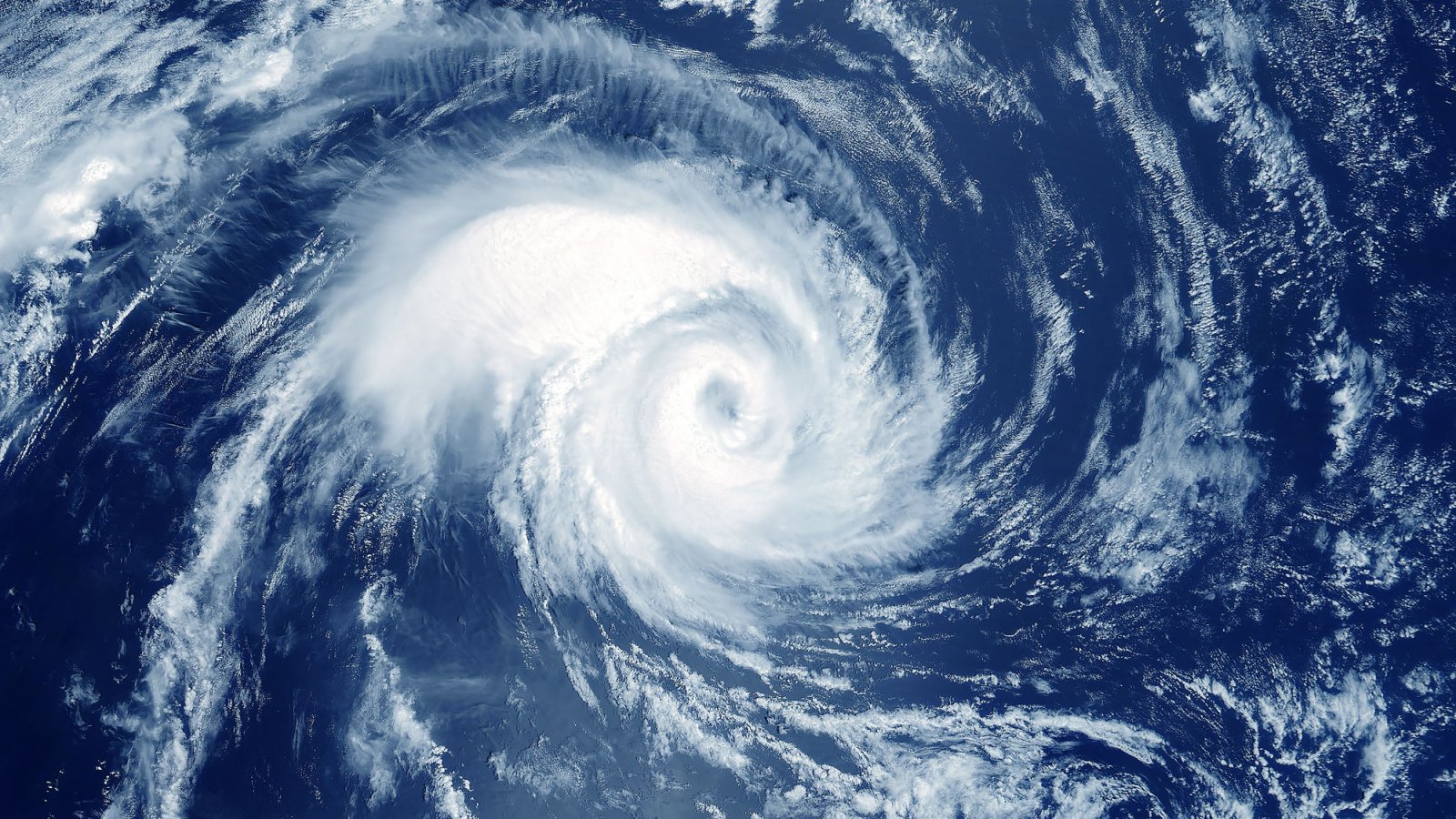
In 2005, Hurricane Katrina flooded New Orleans, causing widespread destruction and significant loss of life. With over 1,800 fatalities, it showcased the critical need for effective disaster preparedness and response.
The Johnstown Flood

In 1889, the South Fork Dam burst, unleashing a deadly flood upon Johnstown, Pennsylvania. Over 2,200 lives were lost in one of the first major disaster relief efforts led by the American Red Cross. The tragedy emphasized the need for rigorous infrastructure safety standards.
The Great Mississippi Flood

The Mississippi River’s catastrophic flood in 1927 submerged millions of acres and displaced hundreds of thousands, prompting the federal government to overhaul flood control policies. The disaster’s impact on American society and politics was profound and long-lasting.
The 1980 Mount St. Helens Eruption

Mount St. Helens erupted in 1980, causing massive devastation and claiming 57 lives. The eruption transformed the landscape and provided valuable lessons in volcanology. It highlighted the importance of monitoring and preparing for volcanic activity.
The Tri-State Tornado
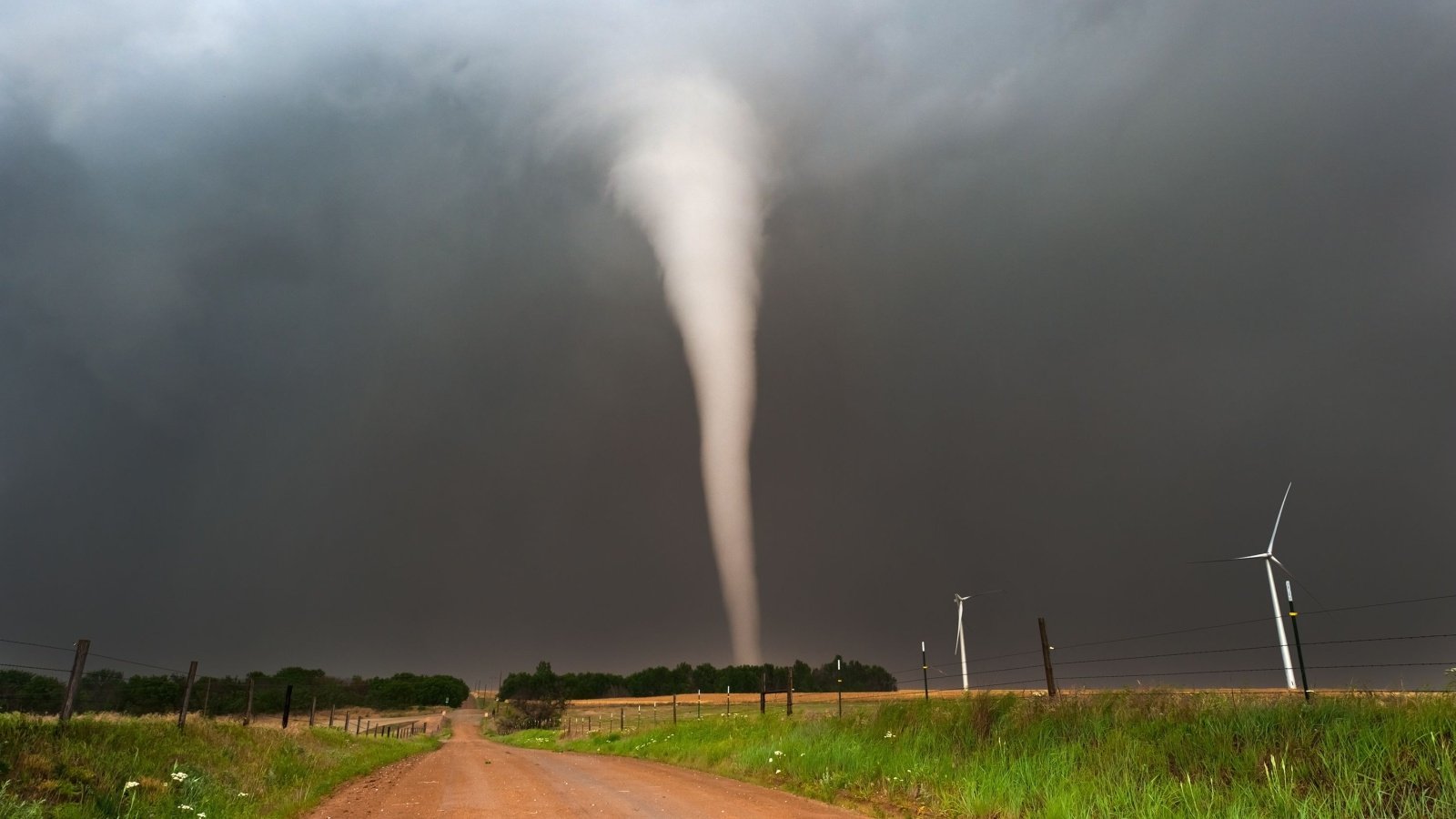
In 1925, the deadliest tornado in U.S. history tore through Missouri, Illinois, and Indiana. Killing 695 people, the ferocious weather event led to improved weather forecasting and emergency alert systems.
Hurricane Andrew

Striking Florida in 1992, Hurricane Andrew was a compact, yet immensely powerful storm. It caused over $25 billion in damages and led to major changes in building codes and insurance policies. The hurricane tested the limits of community resilience and recovery.
The Northridge Earthquake
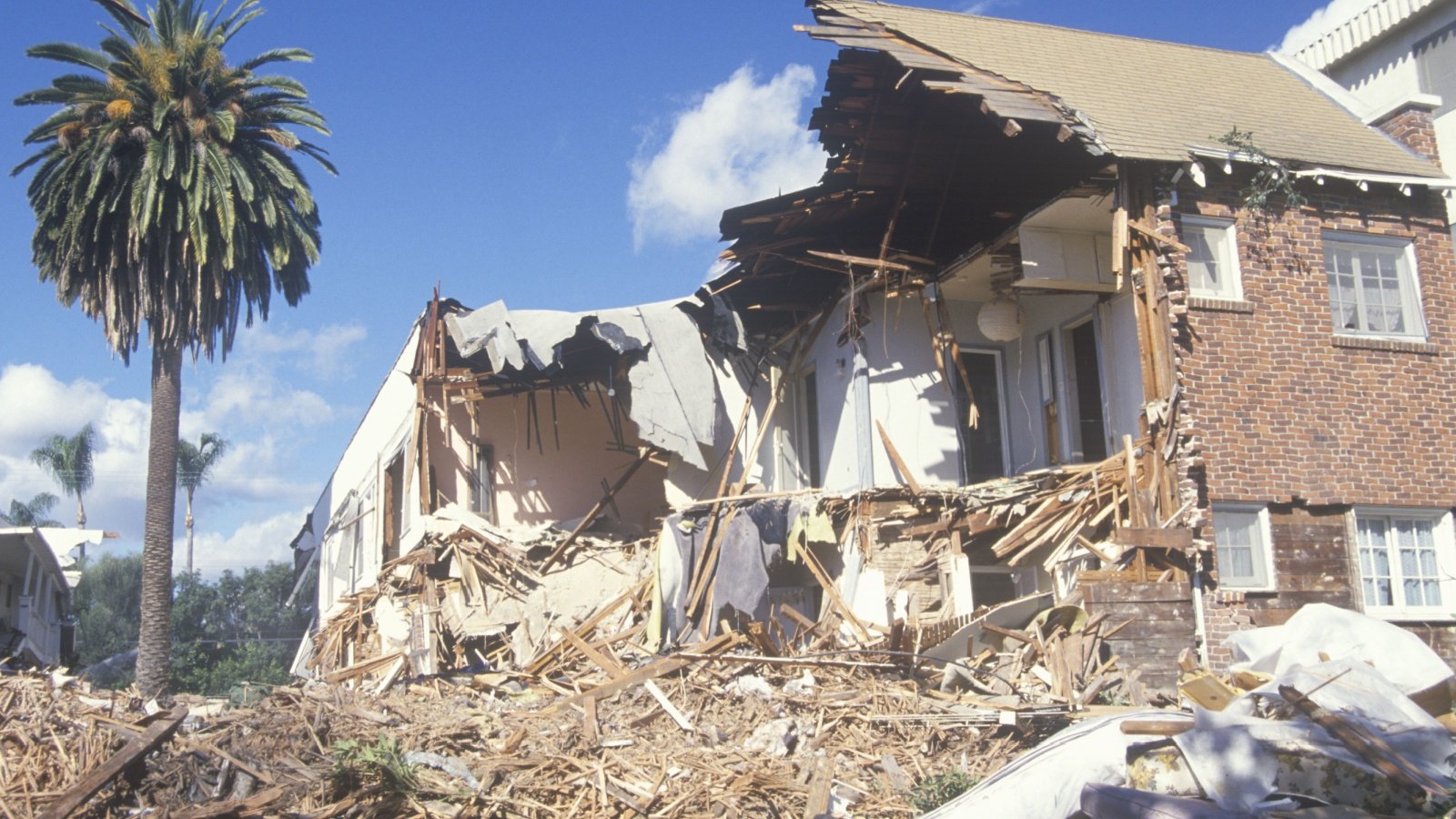
The 1994 Northridge earthquake in California resulted in widespread damage and loss of life. It underscored the vulnerability of urban areas to seismic events. This disaster prompted significant advancements in earthquake-resistant construction.
The Great Flood of 1993
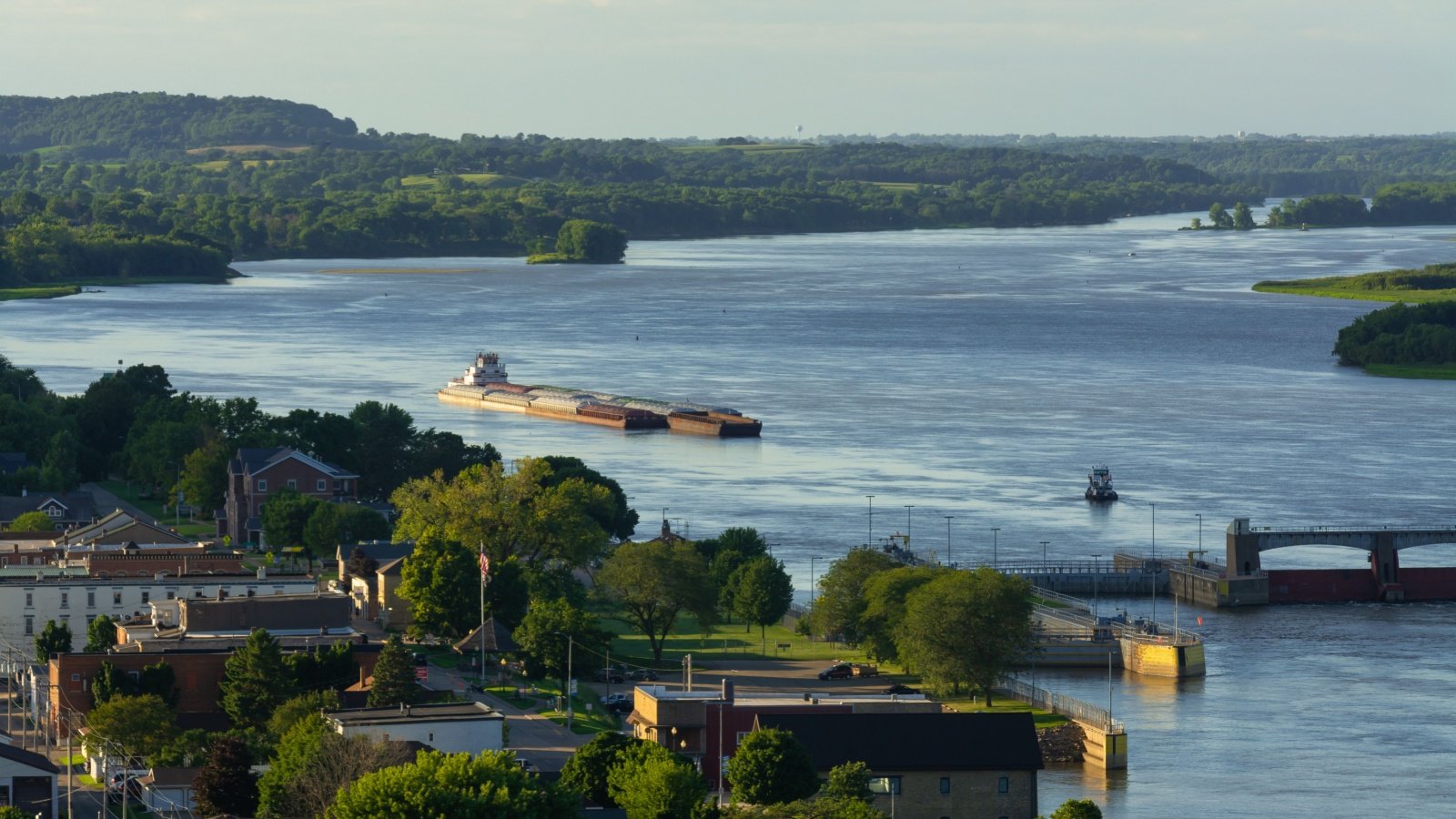
The Midwest experienced one of the most devastating floods in U.S. history during the summer of 1993. The waters impacted nine states, causing billions in damages and highlighting the necessity for improved flood management strategies.
Superstorm Sandy
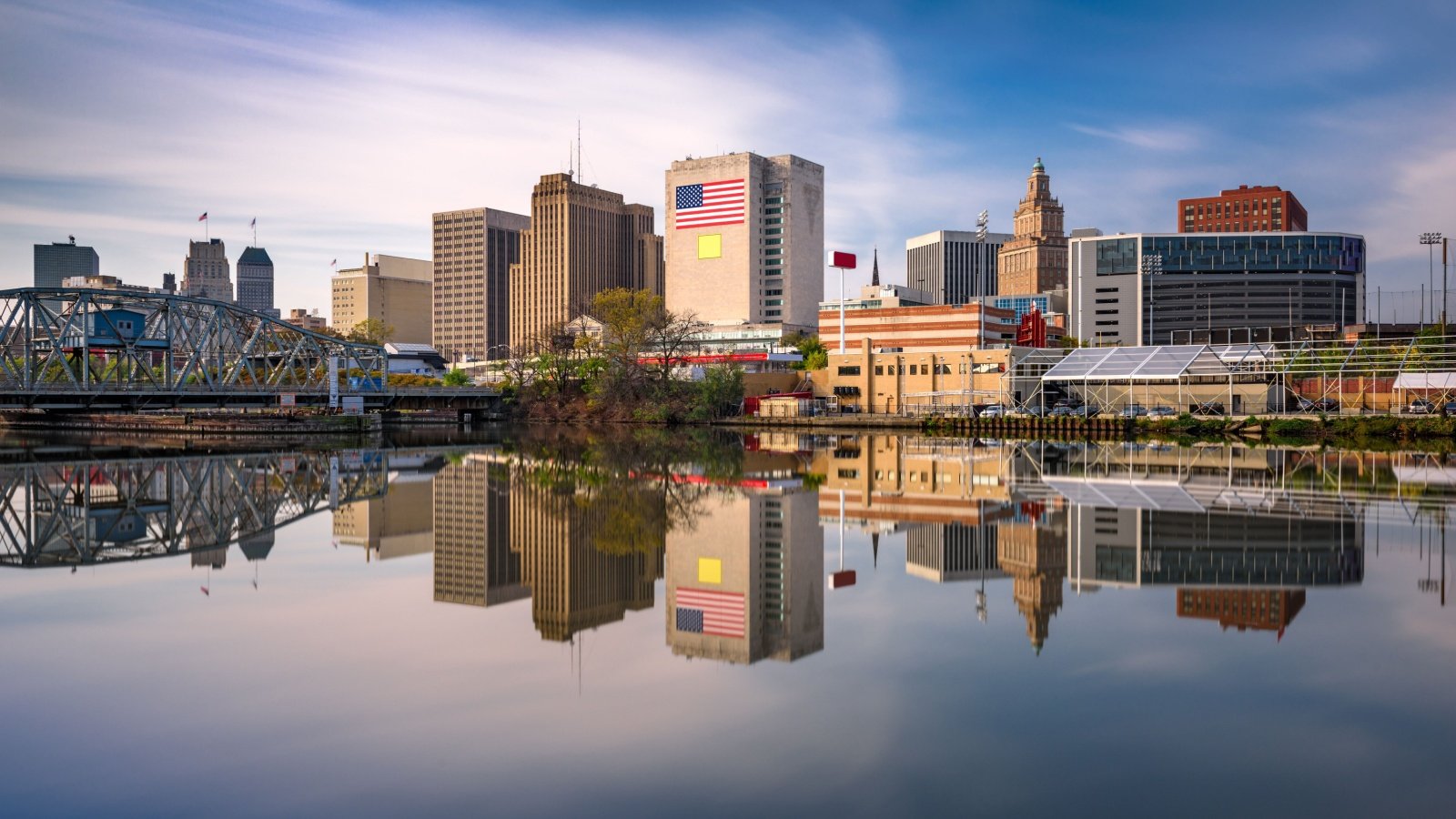
In 2012, Superstorm Sandy wreaked havoc across the Northeast, particularly in New York and New Jersey. The recovery efforts emphasized the importance of rebuilding with resilience to future destructive storms.
The 1989 Loma Prieta Earthquake
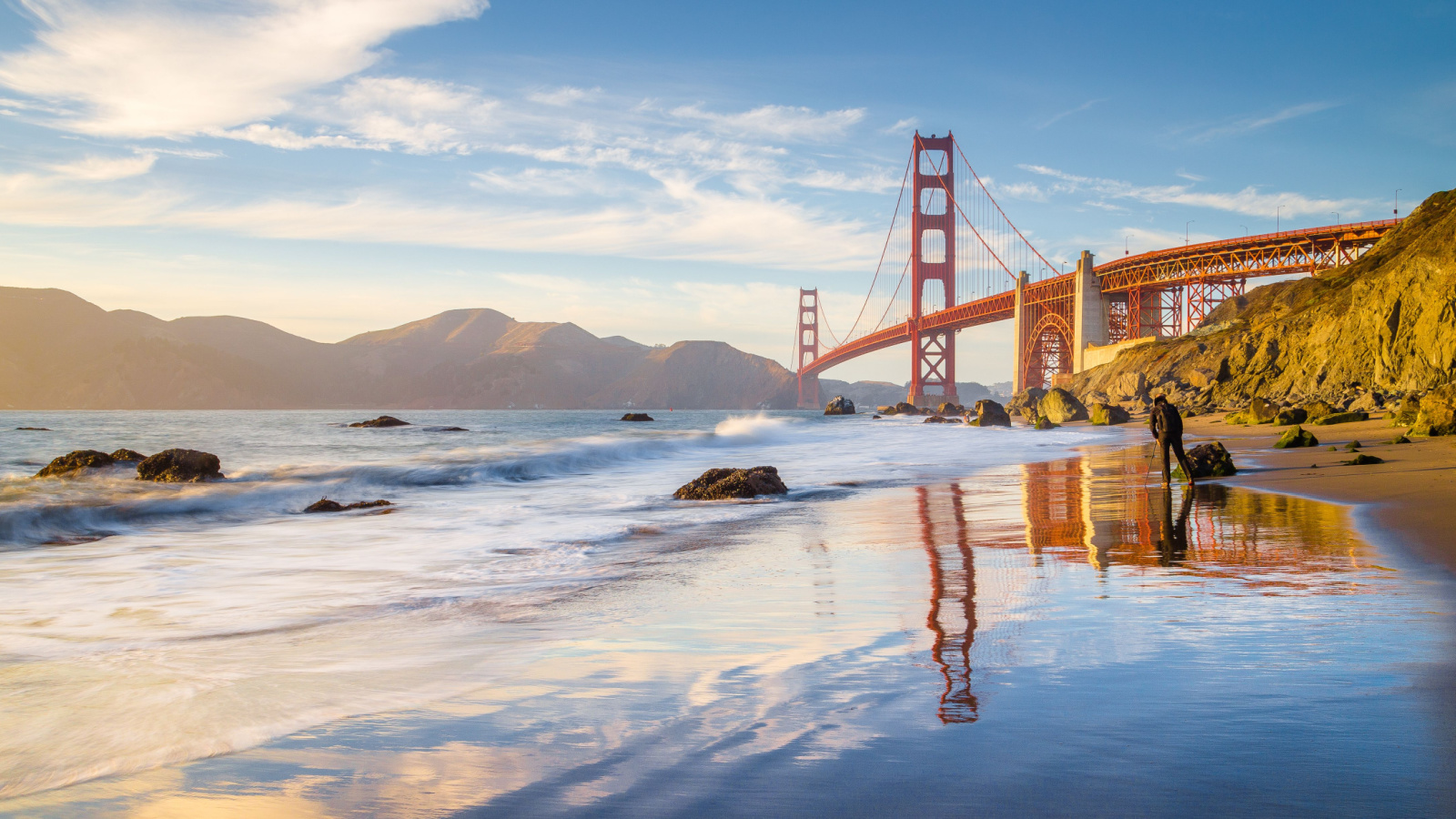
The Loma Prieta earthquake struck the San Francisco Bay Area during the 1989 World Series. It caused significant destruction and fatalities, leading to a reevaluation of emergency response protocols. The disaster served as a wake-up call for earthquake preparedness.
The Texas Heat Wave of 1980

A severe heat wave in 1980 resulted in over 1,700 deaths in Texas. The tragedy spurred improvements in emergency heat response and public awareness campaigns of the dangers of extreme heat.
The 2011 Joplin Tornado

A massive tornado devastated Joplin, Missouri, in 2011, becoming one of the deadliest in U.S. history. It prompted nationwide support for the affected community and redefined disaster response strategies.
Hurricane Harvey
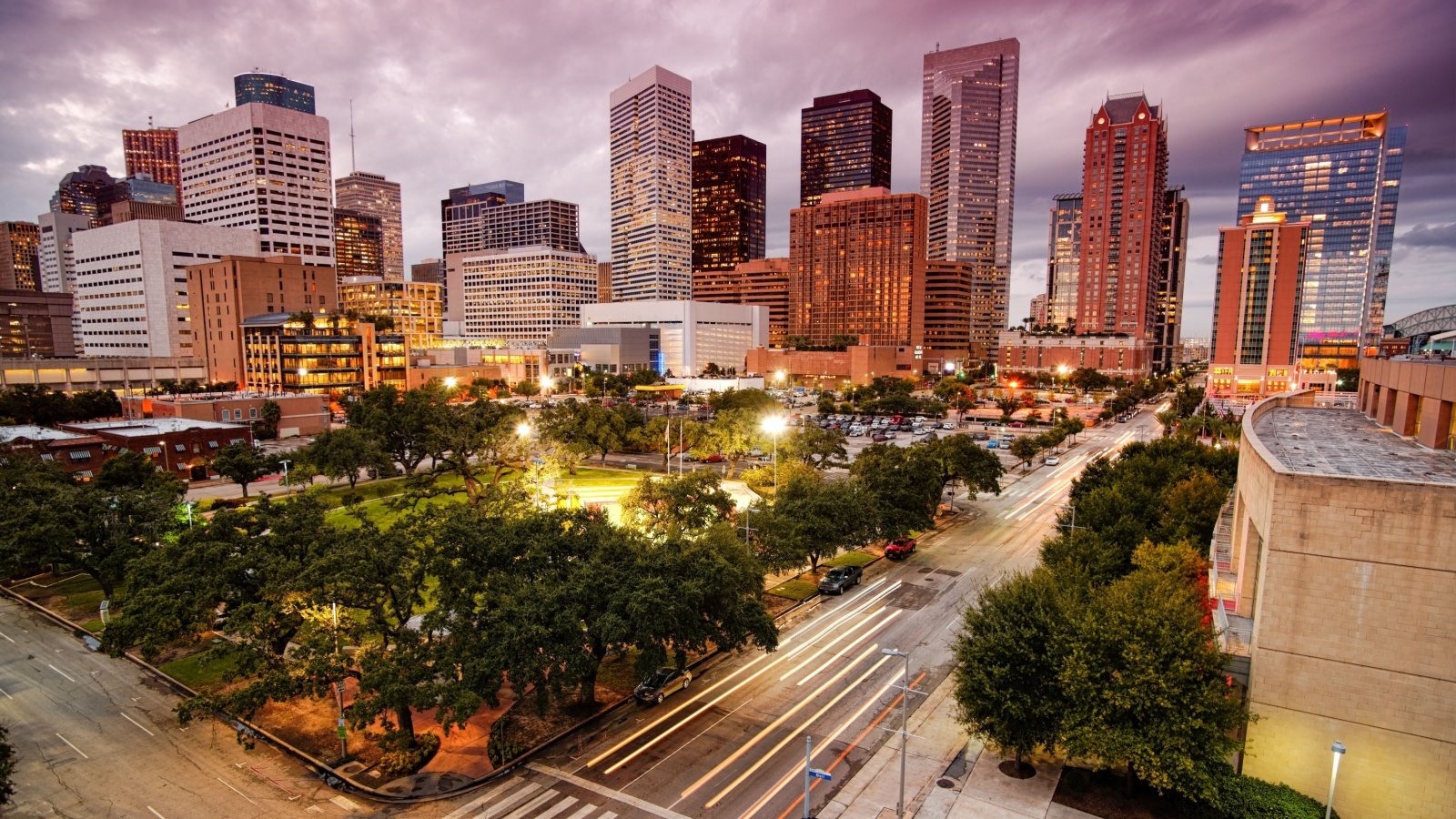
Hurricane Harvey in 2017 caused catastrophic flooding in Houston, Texas. It broke national rainfall records and led to a massive humanitarian response. The disaster highlighted the challenges of urban flooding and the need for sustainable infrastructure.
The Yellowstone Fires of 1988
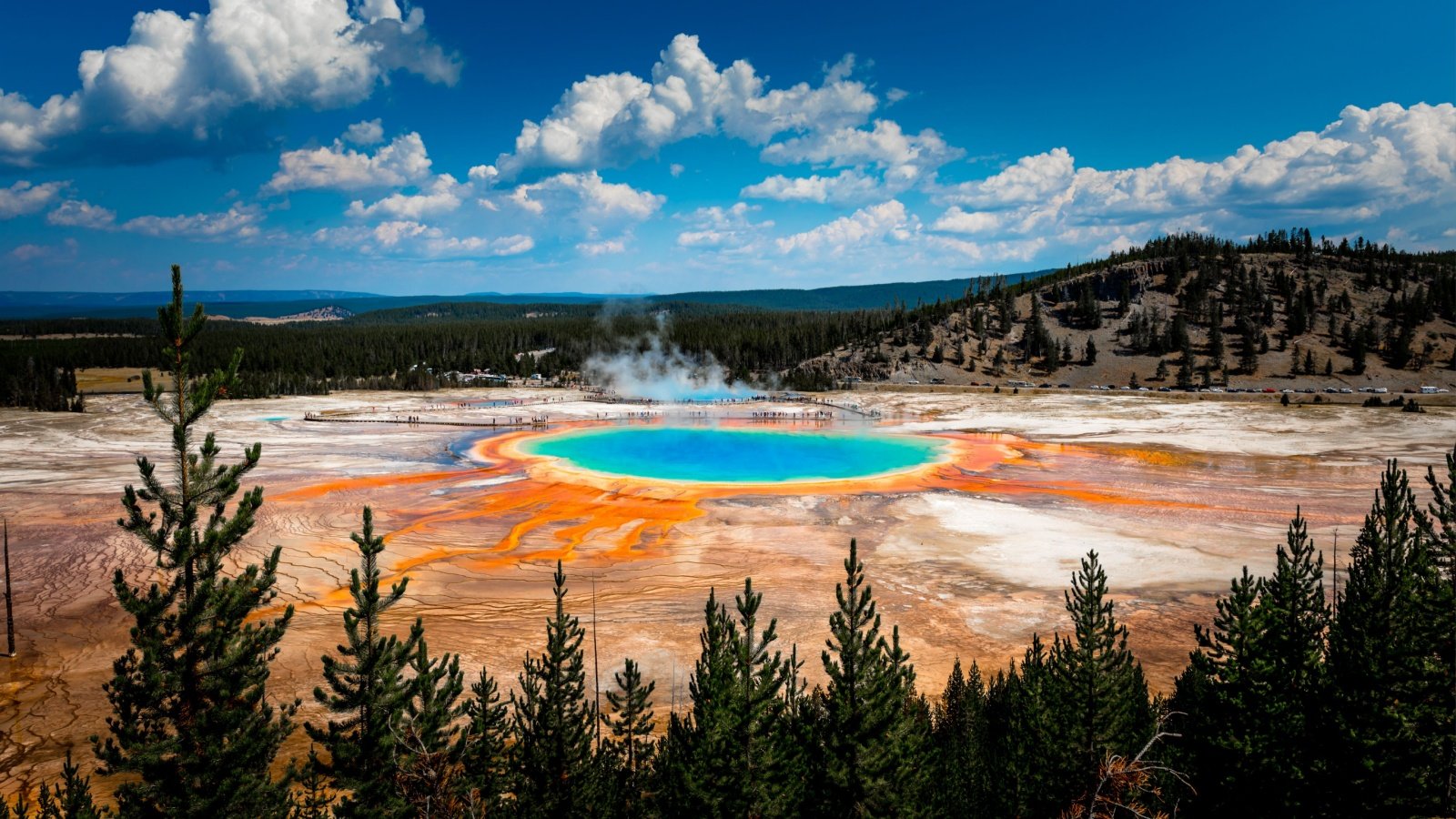
Wildfires in Yellowstone National Park in 1988 burned a vast area and challenged traditional fire management practices. It led to a reevaluation of fire suppression policies and the role of fire in natural ecosystems. The fires demonstrated the complexity of managing natural disasters.
Hurricane Maria
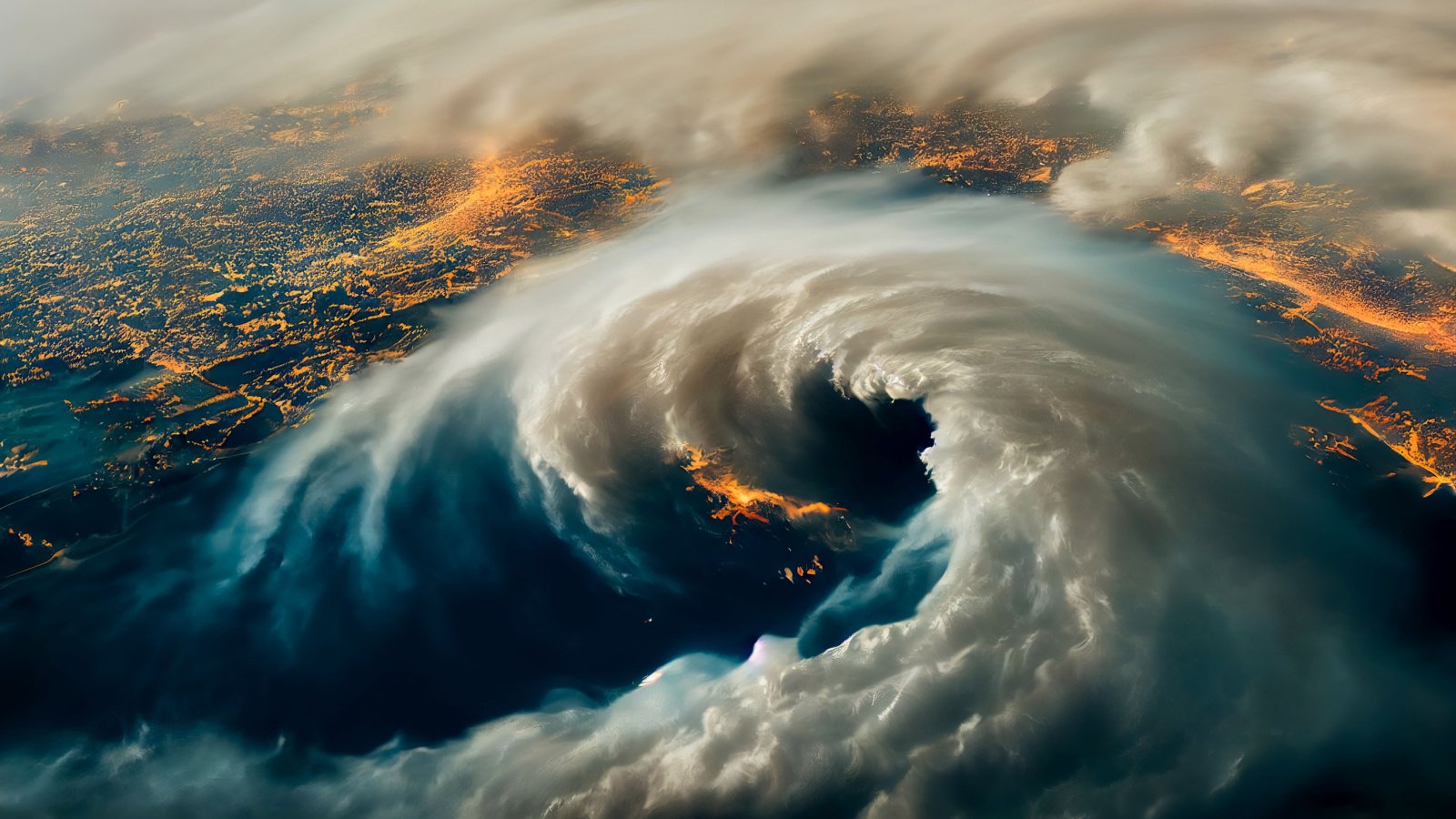
Hurricane Maria devastated Puerto Rico in 2017, causing widespread destruction and a humanitarian crisis. Vulnerable infrastructure and emergency response systems added to the disaster.
The Great New England Hurricane
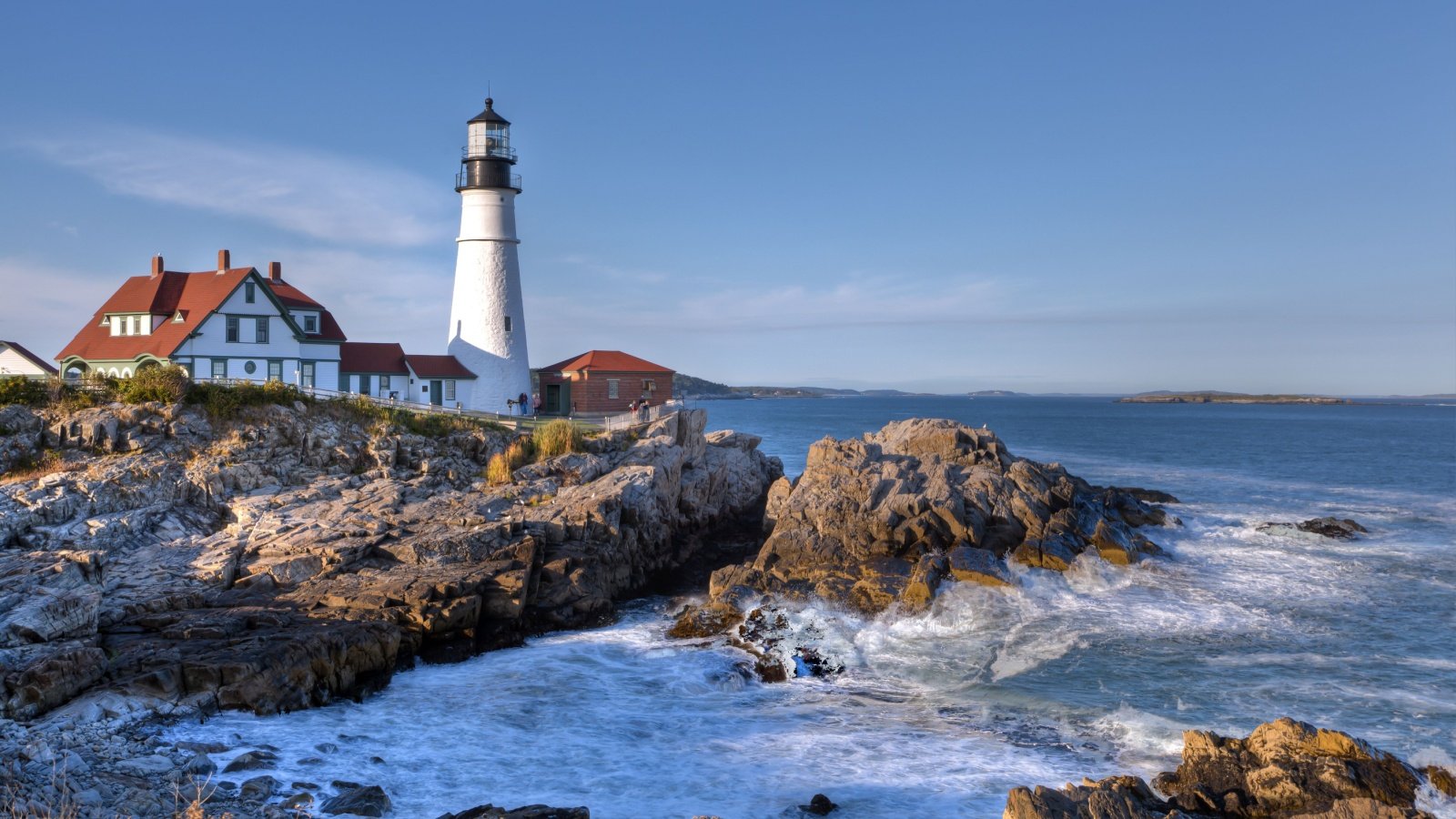
In 1938, a powerful hurricane struck New England without warning, causing widespread destruction. It remains one of the deadliest hurricanes in U.S. history. The disaster prompted improvements in hurricane forecasting and preparedness.
The 2008 Iowa Floods

Severe flooding in 2008 submerged parts of Iowa under water for weeks. It caused billions in damages and tested the resilience of the communities affected. The floods spurred investments in flood defense and water management systems.
Hurricane Ike

In 2008, Hurricane Ike hit the Gulf Coast, causing extensive damage, and illustrating the destructive power of storm surges. It led to a reevaluation of coastal defense strategies and emergency management practices.







